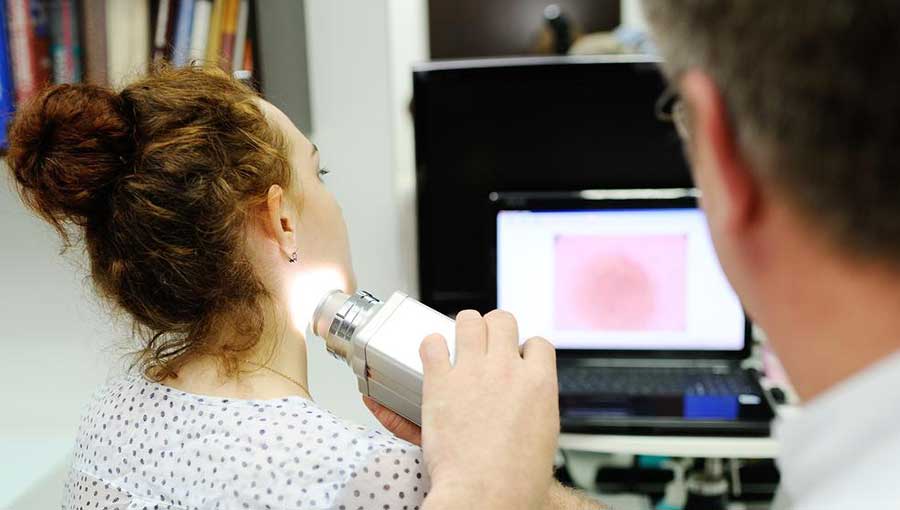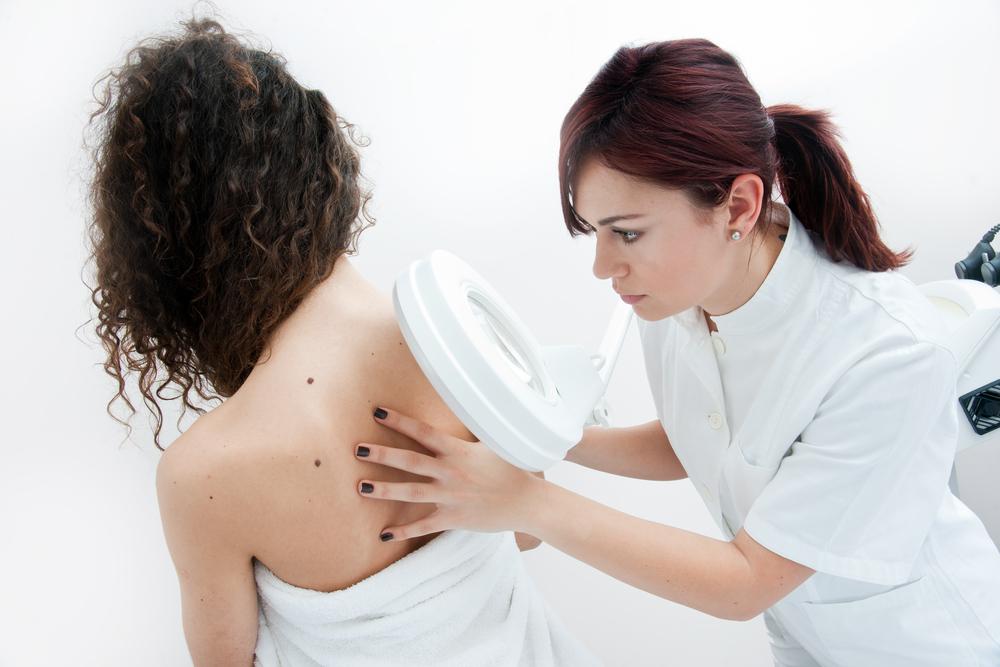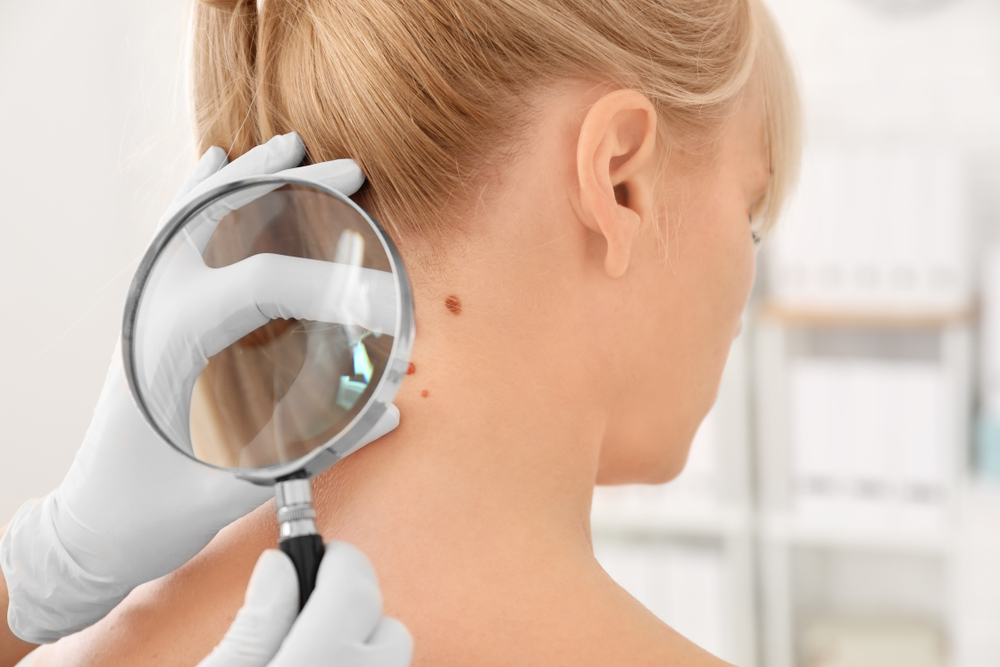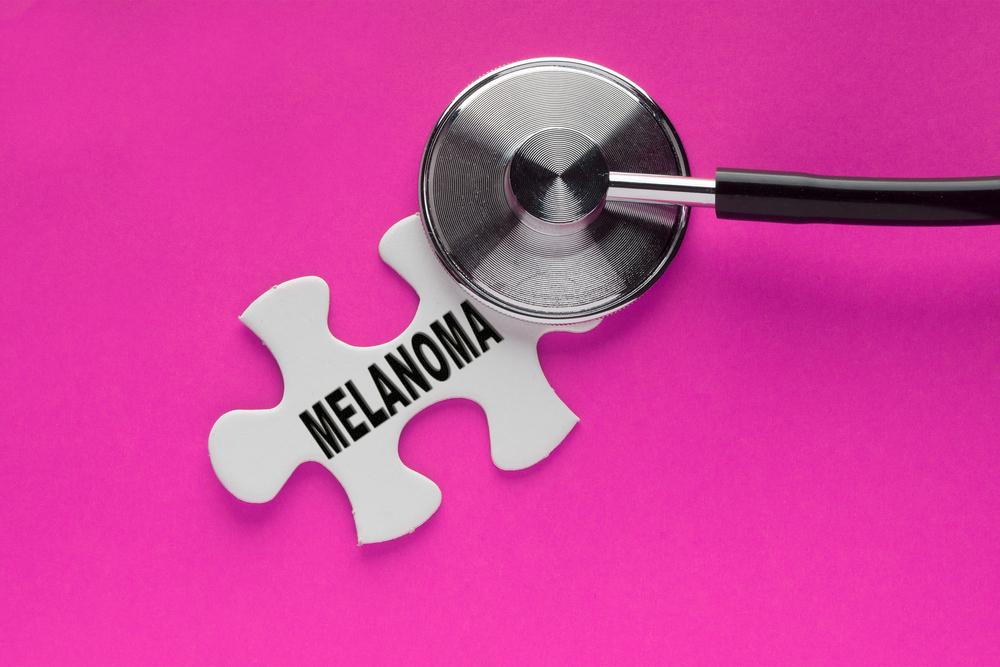Comprehensive Guide to Early Melanoma Detection: Recognizing the Signs and Symptoms
This comprehensive guide emphasizes the importance of early detection of melanoma through recognizing key signs and symptoms. By understanding the ABCDE rule and monitoring skin changes, individuals can identify suspicious lesions early, leading to prompt treatment and improved prognosis. Regular skin examinations and awareness are vital in preventing advanced stages of melanoma, making this information essential for skin health maintenance and cancer prevention.

Comprehensive Guide to Early Melanoma Detection: Recognizing the Signs and Symptoms
Maintaining vigilance over your skin health throughout the year is essential for early detection of melanoma, one of the most aggressive types of skin cancer. Many skin cancers begin with subtle changes that are often overlooked; however, understanding the key signs and symptoms can significantly improve your chances of catching melanoma in its earliest stages. Regular self-examinations, combined with a thorough understanding of warning indicators, can make a critical difference in treatment outcomes. Remember, early detection not only enhances the effectiveness of therapies but can also save your life.
Melanoma often presents as new or evolving skin lesions. These changes might include new spots appearing on your skin, existing moles changing in size, shape, or color, or the development of lumps and marks that were not previously present. Paying close attention to these alterations can serve as an early warning. Since melanoma can develop almost anywhere on the body, including areas rarely exposed to sunlight, comprehensive skin checks are crucial regardless of age or skin type.
Understanding the Warning Signs of Melanoma
One of the most effective ways to identify potential melanoma is through visual recognition. Familiarizing yourself with the typical appearance of early melanoma can enable prompt action. Visual examination involves checking your skin regularly and consider using specific guidelines designed to spot suspicious changes. The more informed you are, the better your ability to distinguish between benign skin changes and potentially dangerous lesions.
An important concept in melanoma identification is the “Ugly Duckling Sign.” This refers to a lesion that looks markedly different from your other moles or skin marks — an indication that it warrants closer inspection. To systematically evaluate moles and skin lesions, dermatologists and healthcare providers recommend the ABCDE rule, which simplifies the recognition process into five key characteristics:
A for Asymmetry: One half of the mole or spot does not match the other when divided down the middle—a sign of irregularity and potential malignancy.
B for Border: Irregular, scalloped, or poorly defined edges that are uneven or jagged are common in melanoma.
C for Color: Multiple shades of brown, black, pink, red, blue, or white within the same lesion suggest abnormal pigmentation.
D for Diameter: Lesions larger than 6 millimeters (about the size of a pencil eraser) raise concern, though smaller melanomas can also be a threat.
E for Evolution: Any change in size, shape, color, or new symptoms such as bleeding or itching over time indicates that the mole is evolving and requires medical evaluation.
Detecting melanoma early allows for a broader range of treatment options, which may include surgical removal, immunotherapy, targeted therapy, or chemotherapy. Each stage of melanoma demands a tailored treatment approach, making early detection critical for successful intervention. If you notice any suspicious changes or have concerns about your skin, consulting a dermatologist promptly is essential to confirm diagnosis and begin treatment if necessary.
Regular self-examinations, professional skin checks, and being aware of your body’s normal skin are key strategies in melanoma prevention. Remember, vigilance combined with knowledge can significantly reduce the risk of advanced melanoma and improve survival rates. Use visual guides and stay attentive to your skin’s health all year round. When in doubt, seeking medical advice is always the safest course of action.




